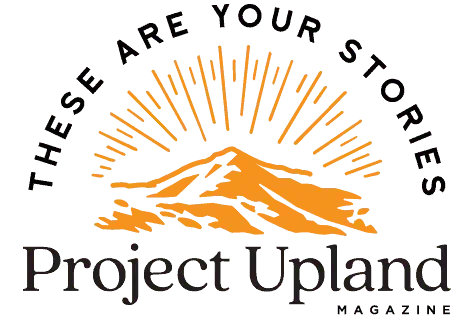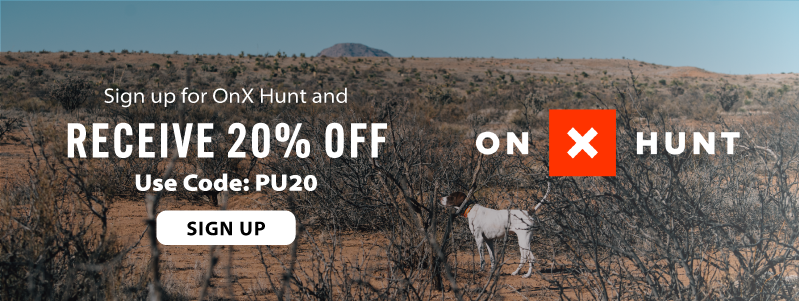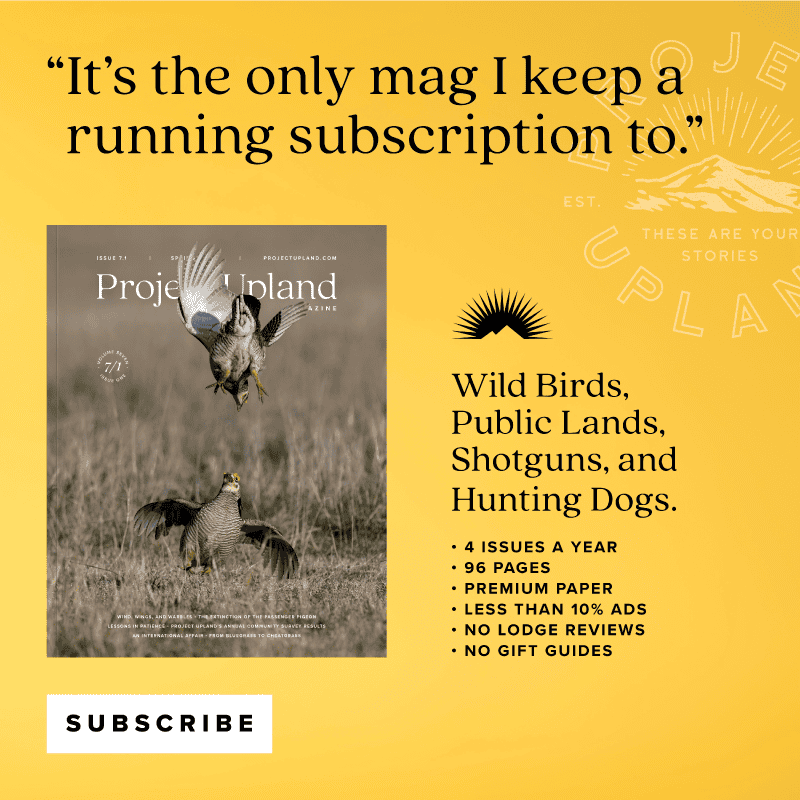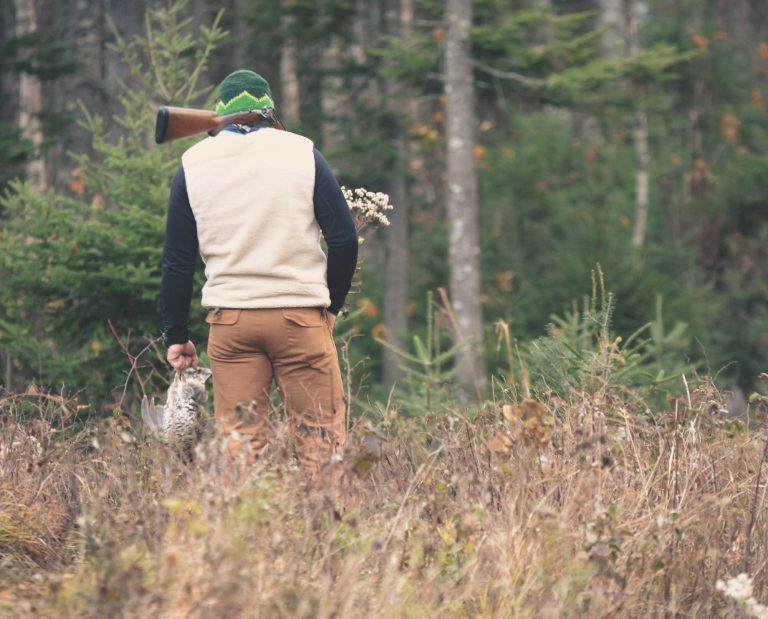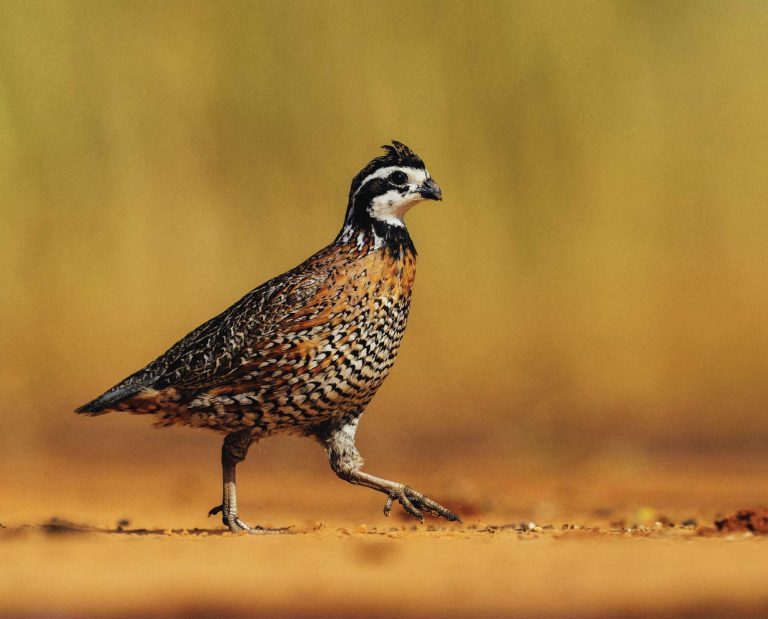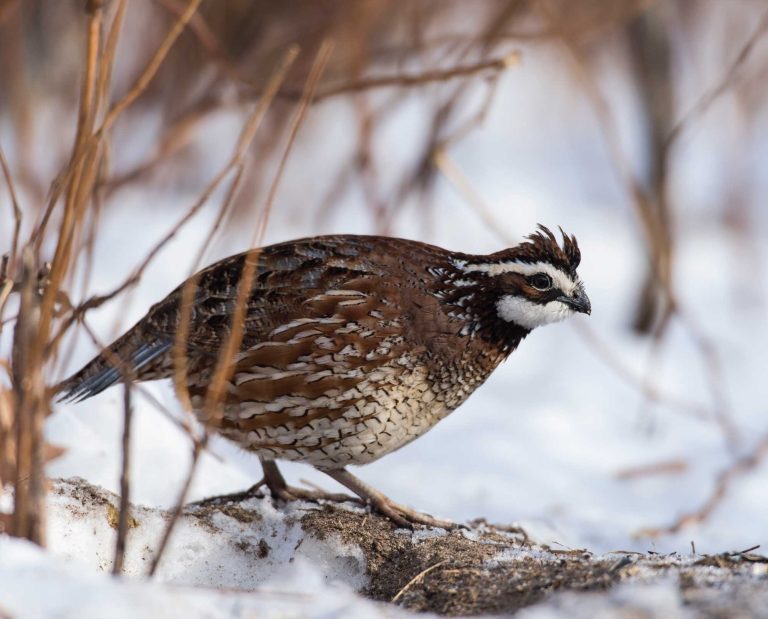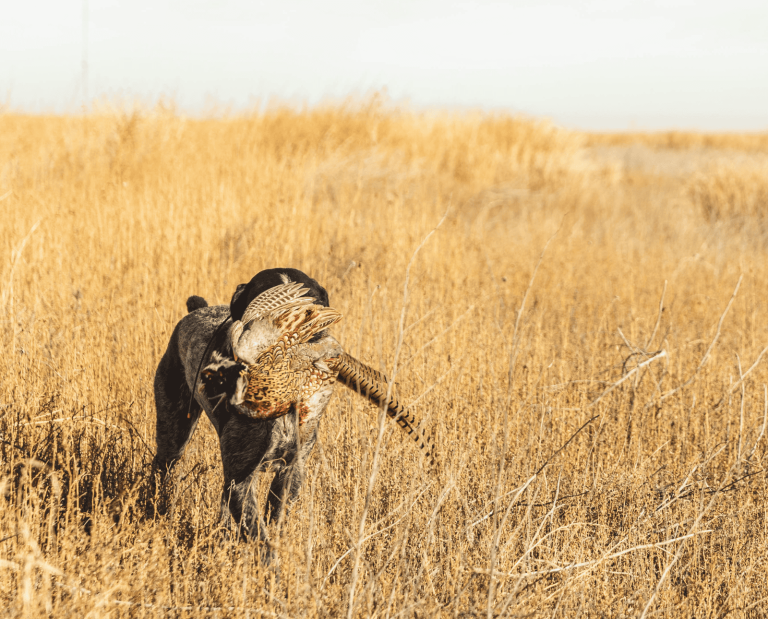Montana to Spend $1 Million Per Year on Pheasant Farming Instead of Habitat
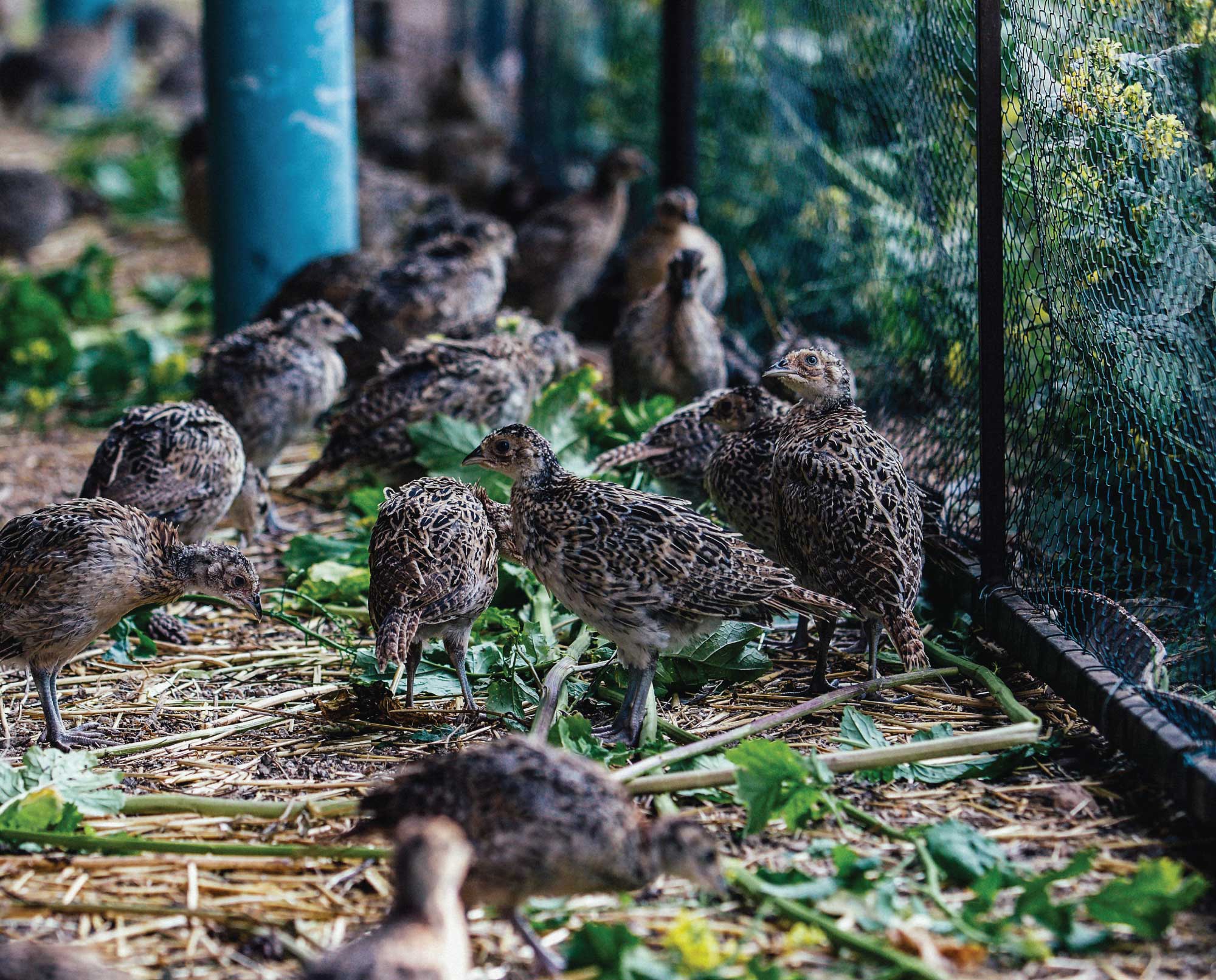
We should be a culture creating a sustainable future for wild birds, not perpetuating the shortcut of pen-raised farms for public lands
It’s May, time for gazing off into our hunting daydreams in anticipation of the oncoming fall. For many of us across the country, those dreams center on the sweeping landscapes and wild birds of Wyoming or Montana; maybe a trip is already planned to the same places we’ve read about for decades. A perfect dream might involve bumping into one of the legends out in the field; perhaps even making a clean shot over the points of Tom McGuane’s Setters or the Brittanys of Ben O. Williams.
For decades, those writers and their dogs along with thousands more inspired by their stories have roamed the vastness of the Big Sky State. They’ve hunted wild birds on high ridges and in deep coulees, and it all happened because of the hard work of past Montana conservation visionaries. Those conservation heroes fought to rebuild habitat, purchase access, pass legislation, and hold tight to the principles of the North American Model of Wildlife Conservation.
But elections have consequences as they say. Montanans had one of those consequential elections in 2020, and, because of that, the long tradition of disciplined bipartisan focus on habitat and wild science is about to change. The first evidence of attacks arose over elk management, but now there’s a mandate for a short-sighted bird farming program, too. Pushed through by allies of Gov. Greg Gianforte’s administration despite fervent opposition from hunters, the new program mandates up to $1 million for bird rearing pens at the state prison which produce about 6,000 birds at about $150 each.
Pen-raised birds and declining wild populations intersect in Montana
Defenders of wild bird hunting have rightfully been reminding what should have been done with that money. They are worried that iconic tales from famous authors about challenging hunts and hard-won old roosters will be replaced with passing comments about shooting domesticated creatures in controlled environments. There will be no McGuane book about this.
READ: The Sage Grouse Crisis has Reached Critical Mass
This new policy is meant only to guarantee killing, but those of us who love wild bird hunting know that real connection does not emanate from the killing of a creature; certainly not one raised in a pen and released for us to shoot. We know our driving passion is pursuing something wild, difficult, and unpredictable. It’s about an experience that relies on nature, not one that cheats the rules to our advantage. And we all know that spending time and money to ensure habitat is the key to it all.
Top-notch biologists, like Dr. Ed Arnett, are unimpressed.
“Scientific evidence suggests that Greater and Gunnison’s Sage-Grouse can be successfully hatched and reared in captivity,” said Arnett, Chief Executive Officer of The Wildlife Society and an avid bird hunter, “but releases of pen-reared birds almost never survive. In Colorado, state wildlife agency researchers had some limited success in releasing pen-raised Gunnison’s Sage-Grouse into the wild, but, by and large, all other attempts to reintroduce pen-raised sage grouse to the wild have failed.”
READ: Recovering America’s Wildlife Act: Breaking Down RAWA, and How to Support It
These Montana prison pheasants are nothing new for many people across the country for whom pen-raised bird shooting has become the only lasting substitute for hunting. And while there are many reasons why this is true, the most obvious is that we have allowed habitats and wild places to be erased. In the place of the fields, forests, and grasslands, there are now efficient commercial operations that can be confined to small spaces—we call them “hunting clubs” and “shooting preserves.” At these places, one can experience a clean business transaction, just like the checkout line at Costco but with more camouflage and tweed. All you need is a credit card and the willing suspension of disbelief.
To be fair, there is a place for raising birds and the operations that utilize them. Dog training, hunt tests, and field trials come to mind, and, perhaps, there is a place for involving them with kids or new hunters, but involved in what and for how long? Are we trying to recruit hunters, or just promote transactional shooting?
The issues around pen-raised birds, diverting resources, and what’s in store for Montana
State agencies getting directly involved in raising game for harvest has little to do with long-term sustainability or vibrant populations of wild birds required for true hunting. An exhaustive summary of studies on the topic published in 2008 demonstrates that as many as 95 percent of released pheasants die within three months, and if birds do make it through a season, they rarely raise chicks to adulthood.
So it’s pretty clear that this new Montana program is simply a put-and-take operation. If hunters care about sustainability, we should stop these sorts of expensive shortcuts and focus on the proven returns of habitat conservation. We should resume the old tradition of caring enough to vote for it, too. Failing to do so will only lead to fewer birds and fewer hunters, eventually leaving us with only those commercial options.
Nothing illustrates this better than what is currently playing out in Wyoming, where massive swaths of sagebrush are being decimated before our eyes. But instead of addressing that obvious problem, the state is engaged in a diversionary sage grouse farming program patterned after a mostly-failed experiment in Colorado, as noted by Arnett.
He went on to note that, in the case of Greater Sage-Grouse, captive-rearing is diverting attention from real solutions and should never be considered a form of mitigation for habitat impacts.
“This (captive-rearing) has become a distraction from what the weight of scientific evidence has told us for decades regarding sage grouse conservation,” Arnett said. “That is broad-scale habitat restoration and protection that provides for sustainable and harvestable populations range-wide. Diverting resources, and especially to entities allowed to privatize wildlife, is not helpful for sage grouse conservation at this critical juncture.”
Whether it’s pheasants or sage grouse, it’s far past time for those of us who know better to stand up and declare the obvious: farming birds is no substitute for ecosystem conservation, and we need to stop pretending otherwise. We should have drawn that line years ago, but let’s at least draw it here, now, before all we have left are bird farms, credit card transactions, and the stories of what we once loved.
